Overview
Vision Group's UPS (Uninterruptible Power Supply) battery solutions deliver reliable, powerful, and efficient backup solutions for critical infrastructure. Designed with modular architecture, Vision UPS battery system offers flexible, scalable deployment for data centers, computing centers, and industrial applications. Its plug-and-play design ensures easy installation, fast maintenance, and seamless expansion as power needs grow. With high power density and proven system stability, Vision UPS battery system empowers uninterrupted operations in demanding environments—keeping businesses running with confidence and efficiency.

Advantages
-
Comprehensive Safety Protection
- Vision ensures system reliability with high-safety materials, multi-layer module protection, and stable control systems.
 Comprehensive Safety Protection
Comprehensive Safety Protection -
All-Temperature Monitoring
- Real-time thermal monitoring with early warnings and preventive actions to avoid safety incidents.
 All-Temperature Monitoring
All-Temperature Monitoring -
Full Lifecycle Monitoring
- Battery Management System (BMS) continuously tracks and reports battery status, enhancing overall system safety.
 Full Lifecycle Monitoring
Full Lifecycle Monitoring
Customer Value
Vision’s UPS solutions are designed to deliver stable and reliable power for critical applications, ensuring continuous operations while minimizing maintenance risks.
Application Scenarios
-
 01Data Center UPSHigh-density LFP batteries ensure seamless power switch for critical data center equipment, supported by real-time lifecycle monitoring.
01Data Center UPSHigh-density LFP batteries ensure seamless power switch for critical data center equipment, supported by real-time lifecycle monitoring. -
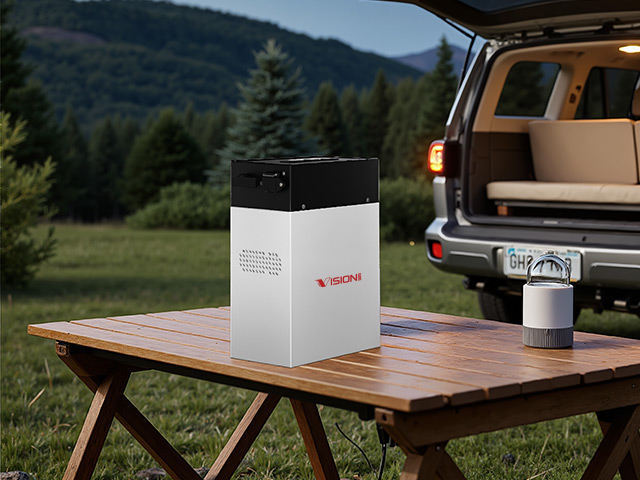 02Portable PowerCompact, lightweight LFP batteries power outdoor, emergency, and medical devices with high efficiency and long life.
02Portable PowerCompact, lightweight LFP batteries power outdoor, emergency, and medical devices with high efficiency and long life. -
 03DC Panel and Substation UPS Backup Power SolutionHigh-efficiency, high-energy-density Lithium Iron Phosphate (LFP) batteries provide reliable emergency power for DC panels in metro substations. The system features fast response and maintenance-free operation, meeting the demands of intelligent power systems. Integrated with a modular Battery Management System (BMS), it enables full lifecycle health monitoring and high-current active balancing, significantly enhancing system reliability and safety.
03DC Panel and Substation UPS Backup Power SolutionHigh-efficiency, high-energy-density Lithium Iron Phosphate (LFP) batteries provide reliable emergency power for DC panels in metro substations. The system features fast response and maintenance-free operation, meeting the demands of intelligent power systems. Integrated with a modular Battery Management System (BMS), it enables full lifecycle health monitoring and high-current active balancing, significantly enhancing system reliability and safety.
FAQs
-
qWhat causes communication, voltage, or temperature self-check failure?aPossible Causes:
1. Wiring issues
2. Incorrect DIP switch settings
3. Poor network cable connection
Solutions:
1. Check the network cable between CBMS and GBMS to rule out cable or hardware faults. If the LCD shows CBMS communication error, it’s often due to incorrect wiring between CBMS and GBMS.
2. Verify the DIP switch settings for the parallel CBMS IP address, and ensure CAN/485 termination resistors are enabled on GBMS and the last battery cabinet’s CBMS.
3. Inspect network cable connections between units for poor contact or loose connections. -
qWhy can't the battery be charged?aPossible Causes:
1. Charger or UPS mainboard failure
2. Battery over-discharge triggered protection (voltage below cutoff level)
3. BMS (Battery Management System) malfunction
Solutions:
1. Check if the charger output matches the battery specifications
2. Try activating the battery using professional equipment
3. Contact after-sales service to check the BMS or replace the battery -
qWhy is the battery runtime short or capacity dropping fast?a1. Possible Causes
-Long-term overcharging or over-discharging leads to battery aging
-Extreme temperatures affect performance
-Battery cycles are nearing the designed lifespan
2. Usage Tips
-Avoid deep discharges to extend battery life
-Keep the working temperature around 25℃ ± 5℃
3. Next Steps
If the capacity drops significantly, contact the manufacturer for professional inspection and maintenance. -
qHow to properly store batteries?aTo ensure safety and extend battery life, follow these guidelines:
1. Environment: Store in a dry, cool, and well-ventilated place. Avoid direct sunlight and heat sources. Recommended temperature: 5°C–25°C; humidity: 45%–75%.
2. Charge level:
-Lead-acid: Fully charge before storage; recharge every 3 months.
-Lithium: Store at 30%–60% charge; check voltage every 6 months and recharge if needed.
3. Safety: Prevent short circuits by insulating terminals. Keep away from metal objects. Avoid drops and strong impacts.
4. Separation: Clearly label and separate new and used batteries. Recycle used batteries promptly.
5. Packaging: Use original or insulated packaging to protect from dust, moisture, and physical damage. -
qWhat should be noted when transporting batteries?aEnsure batteries pass UN38.3 testing before shipment, use shockproof and short-circuit-proof packaging with proper labeling. Lithium batteries for air transport must not exceed 30% charge and require complete transport documentation. Damaged or swollen batteries are prohibited from transport.




































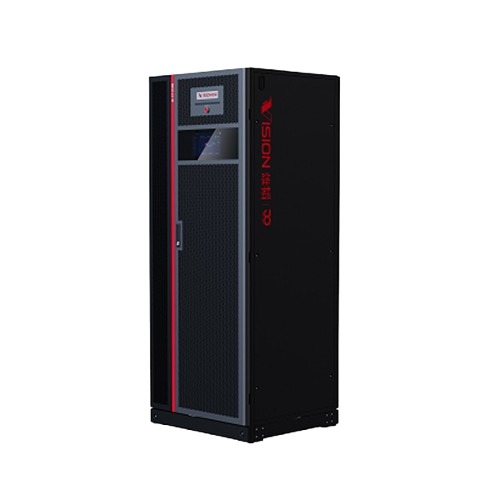






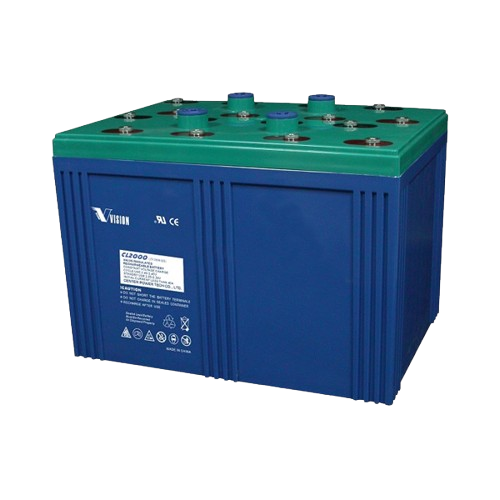

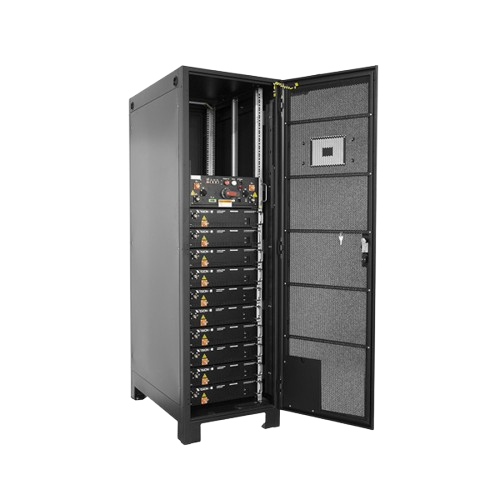
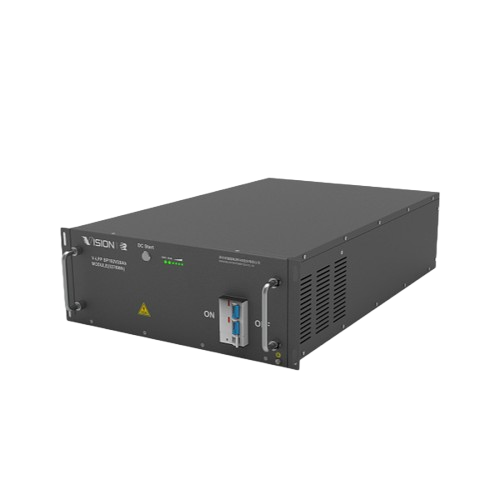
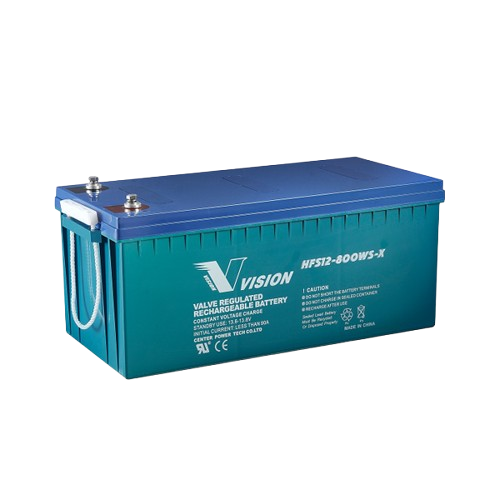
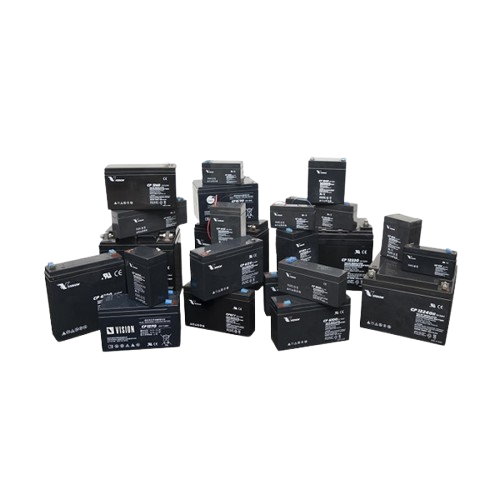
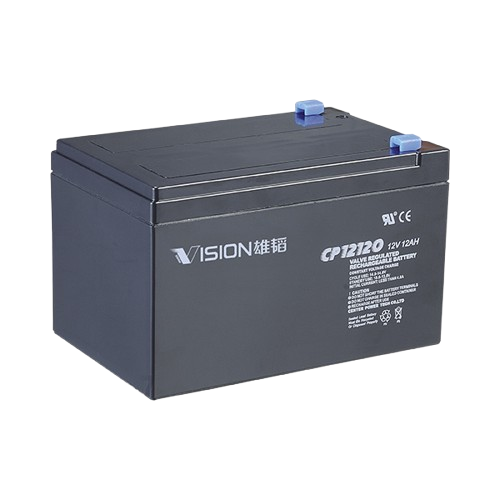

 Name
Name Tel
Tel Email
Email Country
Country Company
Company Information
Information